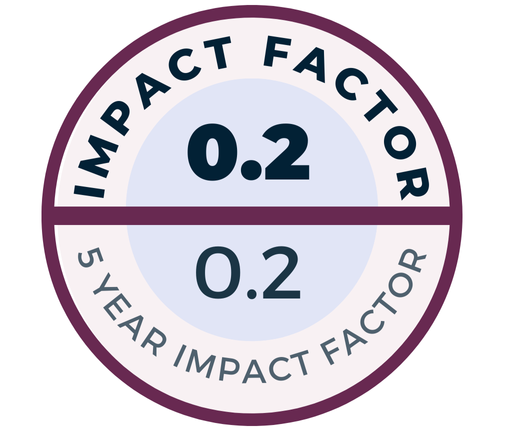Objective: In this study, the role of lateral nasal wall and sinus pathologies in the etiology of distal lacrimal duct disease has been investigated.
Methods: Seventeen female and 11 male patients who were scheduled for endoscopic endonasal dacryocystorhinostomy and silicon tube intubation between April 1999 and September 2003 were included in the study. The patients underwent general ophthalmologic examinations such as Schirmer test, fluorescein dye disappearance test, Jones I-II tests, canalicular irrigation, canalicular probing, dacryocystography, dacryoscintigraphy for the diagnosis of lacrimal duct obstruction. In the clinics of ENT, for the detection of nasal cavity pathologies, anterior rhinoscopy and diagnostic nasal endoscopic examinations were performed. All patients were evaluated during paranasal computed tomographic examinations regarding osteomeatal complex disease, ethmoid cell opacification, concha bullosa and presence of agger nasi cells and data obtained were compared with findings of 50 control subjects using Fisher’s chi-square tests.
Results: On the side where lacrimal duct obstruction exists, agger nasi cells were detected in 17 (60.7%) patients, concha bullosa in 10 (35.7%) patients, ethmoid cell opacification in 6 (21.4%) patients, osteomeatal complex disease in 4 (14.2%) patients, and one or more than one symptom were detected in 21 (75%) patients. Despite higher number of lateral nasal wall and sinus pathologies in the study group when compared with the control group, intergroup difference was not statistically significant (p>0.05).
Conclusion: We have concluded that despite the higher rates of lateral nasal wall and sinus pathologies in patients with distal nasolacrimal system obstruction, its etiology has not been adequately expounded and paranasal computed tomographies will have increasing importance in the evaluation of these patients.
Distal lakrimal kanal tıkanıklığına eşlik eden lateral nazal duvar patolojilerinin incelenmesi
Amaç: Bu çalışmada lateral nazal duvar ve sinüs patolojilerinin distal lakrimal kanal t›kan›kl›¤› etiyolojisindeki rolü araştırılmıştır.
Yöntem: Nisan 1999 ile Eylül 2003 tarihleri arasında endoskopik endonazal dakriosistorinostomi ve silikon entübasyonu planlanan 17 kadın ve 11 erkek hasta çalışmaya dahil edildi. Hastaların lakrimal kanal tıkanıklığı tanısı için göz kliniklerinde Schirmer testi, flöresein boya kaybolma testi, Jones I-II testleri, kanaliküler irrigasyon, kanaliküler problama, dakriosistografi, dakriosintigrafi gibi genel oftalmolojik muayeneleri yapıldı. KBB kliniklerinde nazal kavite patolojileri için anterior rinoskopi ve diagnostik nazal endoskopik muayeneleri yapıldı. Tüm hastalarda paranazal bilgisayarlı tomografi ile ostiomeatal kompleks hastalığı, etmoid hücre opasifikasyonu, konka bülloza, agger nazi hücresi varlığı değerlendirilerek 50 kontrol olgusundaki bulgular ile Fisher’in ki-kare testiyle karşılaştırıldı.
Bulgular: Lakrimal kanal tıkanıklığın olduğu tarafta agger nazi hücresi 17 (%60.7), konka bülloza 10 (%35.7), etmoid hücre opasifikasyonu 6 (%21.4), osteomeatal kompleks hastalığı 4 (%14.2), bir veya daha fazla bulgu 21 (%75) hastada saptandı. Bu lateral nazal duvar ve sinüs patolojileri çalışma grubunda kontrol grubuna oranla yüksek bulunmas›na karşılık istatistiksel olarak anlamlı bulunmadı (p>0.05).
Sonuç: Lateral nazal duvar ve sinüs patolojilerini distal nazolakrimal sistem tıkanıklığı olan hastalarda yüksek oranda bulmam›za rağmen etiyolojisini açıklamakta yetersiz olduğu ve paranazal bilgisayarlı tomografinin bu hastaların değerlendirilmesinde artan öneme sahip olacağı kanısına vardık.

.jpeg)
